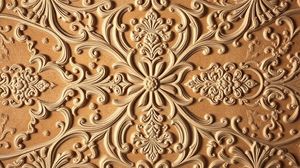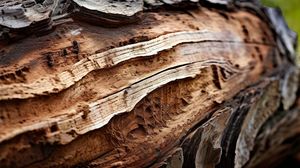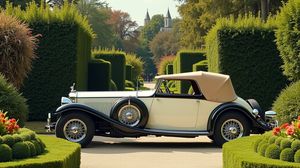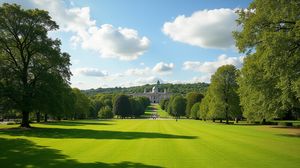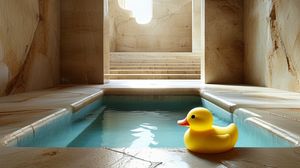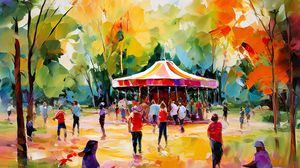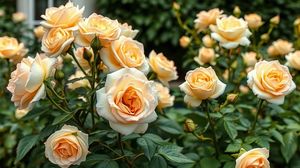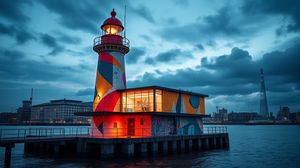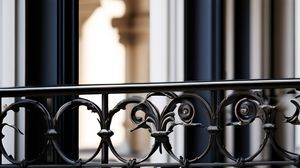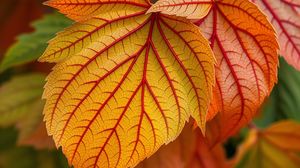
Charlton House is a remarkable Jacobean mansion located in the historic Charlton area of London. Built between 1607 and 1612, it is one of the finest examples of Jacobean domestic architecture in the country. Its rich history is intertwined with England's past, offering visitors a glimpse into the opulence and elegance of the early 17th century.
The house boasts exquisite architectural features, including intricate plaster ceilings, wood paneling, and detailed fireplaces, which reflect the craftsmanship of the era. Each room tells a story of its own, allowing visitors to travel back to a time when art and architecture were flourishing in England.
An intriguing aspect of Charlton House is its connections to prominent historical figures. It was originally built for Sir Adam Newton, tutor to the son of King James I, Prince Henry. The grandeur of the house was intended to reflect the high status of its original occupants and their close connections to royalty.
Charlton House is also celebrated for its beautiful gardens, which provide a tranquil escape from the bustle of the city. Landscaped in a traditional English style, the gardens are perfect for a leisurely stroll and are a beautiful setting for various events and gatherings throughout the year.
An interesting fact about Charlton House is that during World War I, it served as a hospital, providing care for soldiers returning from the front lines. This adds a layer of more recent historical significance to the site, illustrating its adaptability and importance through different periods.
Inside, the house is also home to a unique small museum and tea room, offering a cozy spot to relax and enjoy refreshments while surrounded by history. The building is used for a range of community events, educational activities, and private functions, making it not just a historical site but a living part of the community.

Making the Most of Your Visit:
Explore the lesser-known architectural details like the staircase newel posts and the intricate carved woodwork, which often get overlooked. They are a treasure trove of Jacobean artistry.
If you're visiting in late spring or early summer, take the chance to enjoy the blooming wisteria on the frontage of Charlton House—the colors and scents make it a magical experience.
Make sure you don't miss the magnificent Mulberry Tree in the gardens, believed to be one of the oldest examples in the country. It's an underappreciated gem with stories of its own.
Check out the weekly markets held in the gardens on some weekends and festival days. They often feature local crafts, produce, and a charming community feel that's worth experiencing.
If you're into history, ask around if there are any local talks or guided history walks happening at the time of your visit. These are often organized by local history societies and can provide fascinating insights.

Visiting Times & Costs:
Charlton House is open to the public and offers a range of visiting options with the following details:
- Opening Hours: Generally open Monday to Friday from 9:00 AM to 5:00 PM. Availability on weekends can vary, especially if private events or special functions are occurring. It is advisable to check in advance for specific weekend openings.
- Admission Fee: Entry to Charlton House is generally free for visitors wishing to explore the public areas and gardens. However, certain events, guided tours, or parts of the house may require a ticket purchase or donation.
- Accessibility: Charlton House strives to be accessible to all visitors. While the main floor is generally accessible, due to the historic nature of the building, some upper floors may have limited access for those with mobility challenges. Visitors are encouraged to inquire about specific accessibility arrangements if needed during their visit.

Address & Map:

Nearby:







